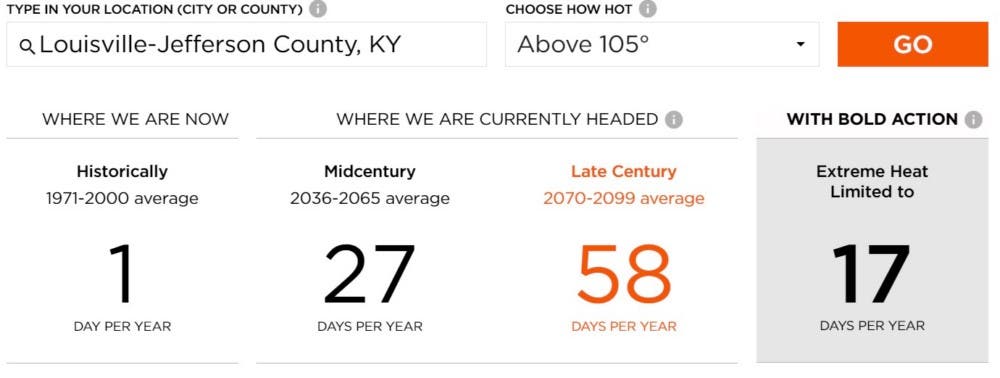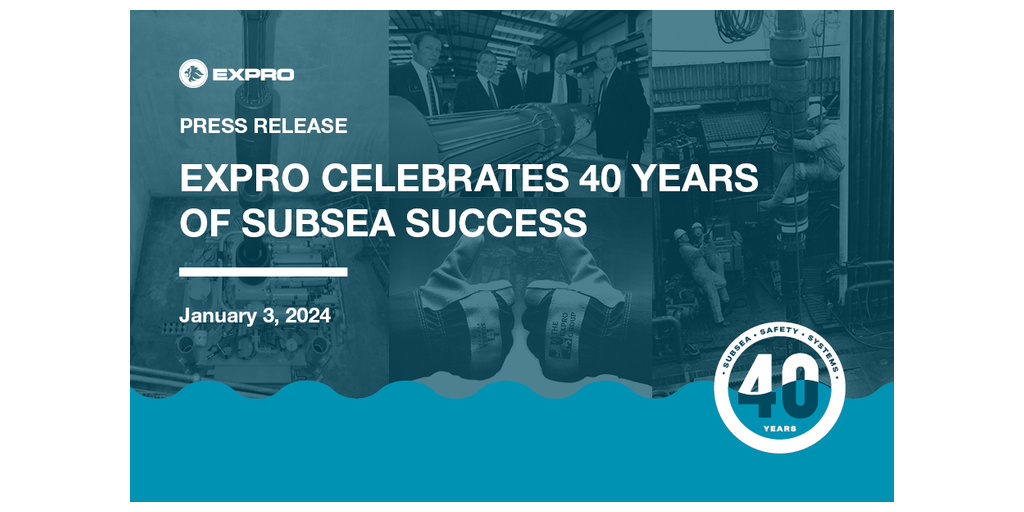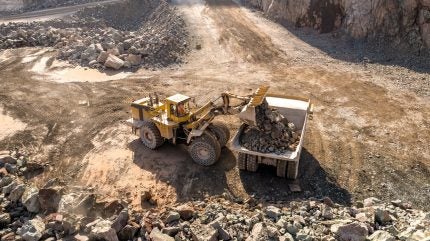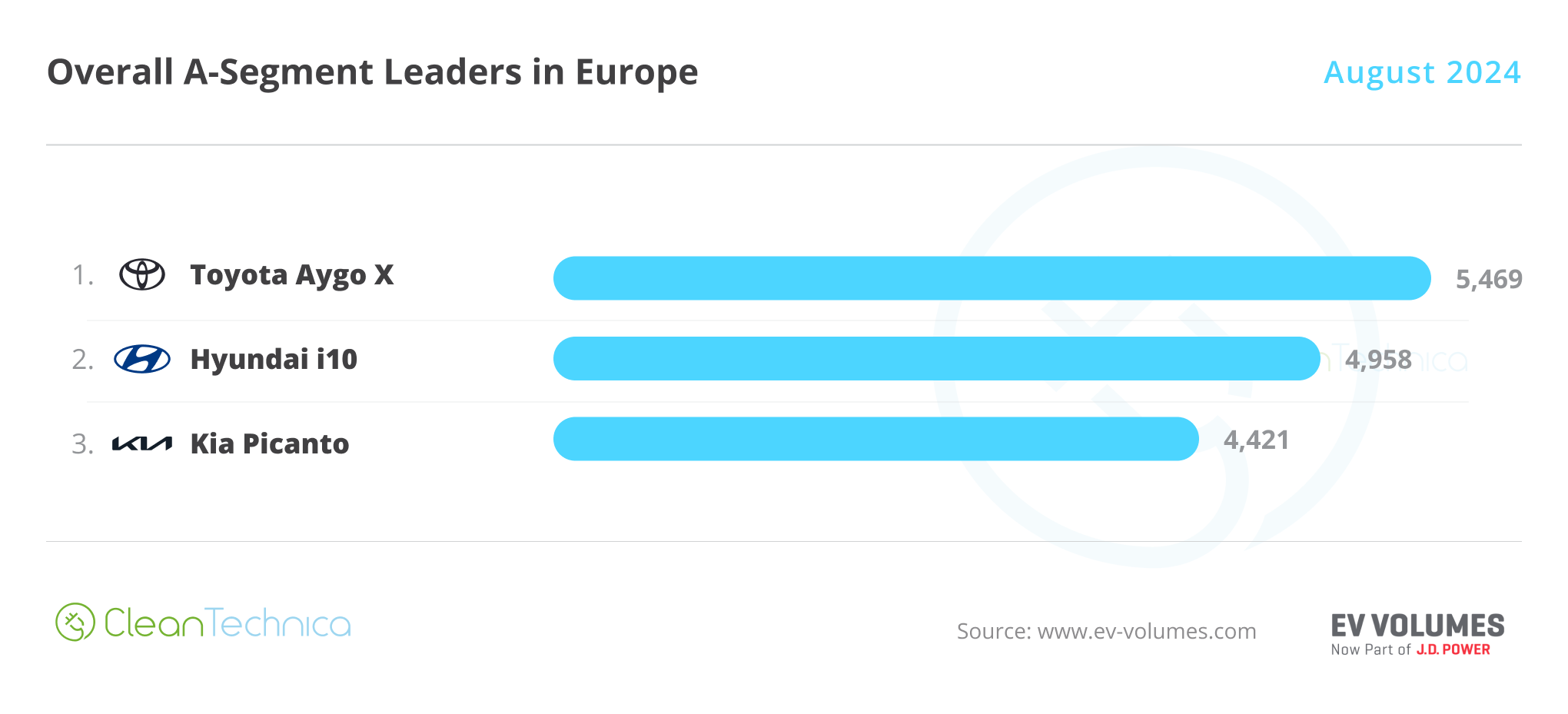
What would be the largest single-employer strike in US history may soon be avoided if UPS and the Teamsters union reach an agreement on adding life-saving cooling equipment in more than 90,000 fleet vehicles. UPS is the largest employer here in Louisville, Kentucky, so a strike would have serious implications for the metro region as well as on the entire US economy. UPS workers are asking for protection just as Danger Season has started and the summer is predicted to be hotter than usual. While the cooling equipment is one piece of the worker negotiations, it’s a crucial piece–worker heat protections save lives and are worth fighting like hell for.
My dad often works outdoors in extreme temperatures, so I feel for every single worker and family whose lives have been or could be devastated by preventable heat illness or fatalities.
Currently, workers have no guaranteed protections from heat
Access to water, rest, and shade during dangerously high temperatures is not legally guaranteed for most people who work outdoors or in hot indoor facilities. Some states have passed limited protections for workers, but we need federal measures so that US workers don’t have to choose between a paycheck or their lives.
For years, the Union of Concerned Scientists (UCS) has joined a national coalition of unions, workers, justice leaders, and others to urge Congress to pass the Asunción Valdivia Heat Illness and Fatality Prevention Act–legislation that would direct the Occupational Safety and Health Administration (OSHA) to create a heat standard to keep workers safe during excessive heat. In the absence of congressional action, President Joe Biden has launched initiatives aimed at keeping workers safe. However, many of these measures will take years to be implemented and workers need protections today.
Labor unions fight for protections and hold employers accountable
Workers are the experts when it comes to their lived experiences with heat, and they have been at the forefront fighting for themselves and their people.
“No one knows the hazards of a job better than the people who face them on every shift,” said Steve Sallman, director of the United Steelworkers (USW) Health, Safety and Environment Department, in a blog he wrote for UCS.
As a worker in a tire and rubber plant, Steve felt that his union kept him safe and allowed him to return home to his family each day. On the role unions play, he said, “The USW helps members negotiate strong health and safety provisions, including those pertaining to heat stress, into their contracts. The union enforces those measures on a daily basis and ensures workers have the freedom to report hazardous conditions without fear of retaliation.”
The Coalition of Immokalee Workers achieved enforceable heat stress standards through the Fair Food Program, which is a unique partnership among farmers, farmworkers, and retail food companies. Other worker-led efforts, like those of WeCount! in Miami-Dade County, are also putting pressure on local governments to take action to protect workers now. While employers may say that they mean well and care about protecting workers, union contracts and legislation would hold them accountable–otherwise they are just nice sentiments.
Cooling is not a luxury — it is the difference between life and death
Heat is the leading cause of weather-related deaths. Research estimates that heat exposure is the cause for 170,000 work-related injuries every year and between 600 to 2,000 worker fatalities.
Last summer, a video went viral showing a UPS driver collapsing when he delivered a package to a resident in Scottsdale, Arizona when temperatures reached 110 degrees Fahrenheit. Luckily, that driver recovered. However, in June 2022, a 24-year-old UPS driver, Esteban Chavez Jr., known as Stevie to his loved ones, died after collapsing in his truck on a hot day with temperatures in the 90s.
The figure below shows that workers are more susceptible when the heat index is in the 90s, though workers can experience health risks at lower temperatures, especially when doing strenuous work or wearing protective equipment. No one is immune to extreme heat: the young, strong, and healthy fall victim to this silent killer every year.
Heat illness and deaths can be prevented with the right measures and safety precautions in place. And workers must have guaranteed access to those essential needs — water, rest, shade/cooling — without fear of retaliation. Adding air conditioning or cooling fans to a truck may seem like a simple thing … but it could make the difference between life or death for the person delivering packages to your front door.
Extreme heat threatens workers’ lives and livelihoods
The costs of inaction are too high. A 2021 peer-reviewed UCS analysis found that, “If we don’t take action on climate change, extreme heat would cause tens of millions of outdoor workers in the US to risk losing a collective $55.4 billion in earnings each year by midcentury (2036-2065).”
UCS video Too Hot to Work: The Effects of Extreme Heat on Outdoor Workers
Historically, Louisville, KY experienced just one day in the average year with a heat index above 105°F. But, according to UCS research, by midcentury Louisville can expect 27 days per year — nearly a month’s worth — with a “feels like” temperature that’s above 105°F without action to reduce heat trapping emissions.” Remember how we said that workers are at risk when the heat index reaches 90˚F? Louisville could expect to experience an average of 93 days per year — three months worth! — of days over 90 degrees without action to reduce heat trapping emissions. That could put up to $131.4 million of workers’ earnings per year on average at risk in Jefferson County by midcentury, amounting to an average of $1,778 per worker.
For many workers, every dollar counts. Heat protections must ensure that workers are not docked pay for taking water or shade breaks, or for adjusting schedules to keep safe from the heat. No one should have to choose between their health or a paycheck.

UCS Heat Tool shows how often you will endure extreme heat in your area. https://www.ucsusa.org/resources/killer-heat-interactive-tool
UPS drivers are not alone, and they are among many workers who must labor in extreme temperatures without mandated, commonsense protections. The good news is we have solutions that can be taken at the local and national levels to keep workers safe. As a proud member of our staff union UCS United and the Progressive Workers Union, I stand in solidarity with workers who are advocating for protections against extreme heat so they can get home safely at the end of a workday.
If this issue hasn’t been on your radar, I urge you to learn more and advocate for workers where you live. Sign up for the UCS newsletter and we’ll keep you posted on actions you can take to support workers and build climate resilience.
Republished from The Union of Concerned Scientists blog The Equation.
Sign up for daily news updates from CleanTechnica on email. Or follow us on Google News!
Have a tip for CleanTechnica, want to advertise, or want to suggest a guest for our CleanTech Talk podcast? Contact us here.
Former Tesla Battery Expert Leading Lyten Into New Lithium-Sulfur Battery Era — Podcast:
I don’t like paywalls. You don’t like paywalls. Who likes paywalls? Here at CleanTechnica, we implemented a limited paywall for a while, but it always felt wrong — and it was always tough to decide what we should put behind there. In theory, your most exclusive and best content goes behind a paywall. But then fewer people read it! We just don’t like paywalls, and so we’ve decided to ditch ours. Unfortunately, the media business is still a tough, cut-throat business with tiny margins. It’s a never-ending Olympic challenge to stay above water or even perhaps — gasp — grow. So …





